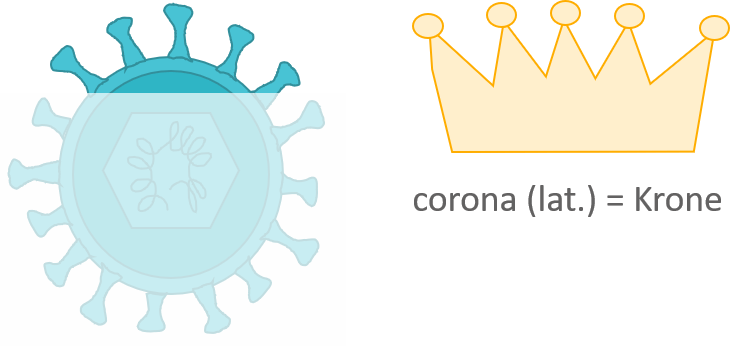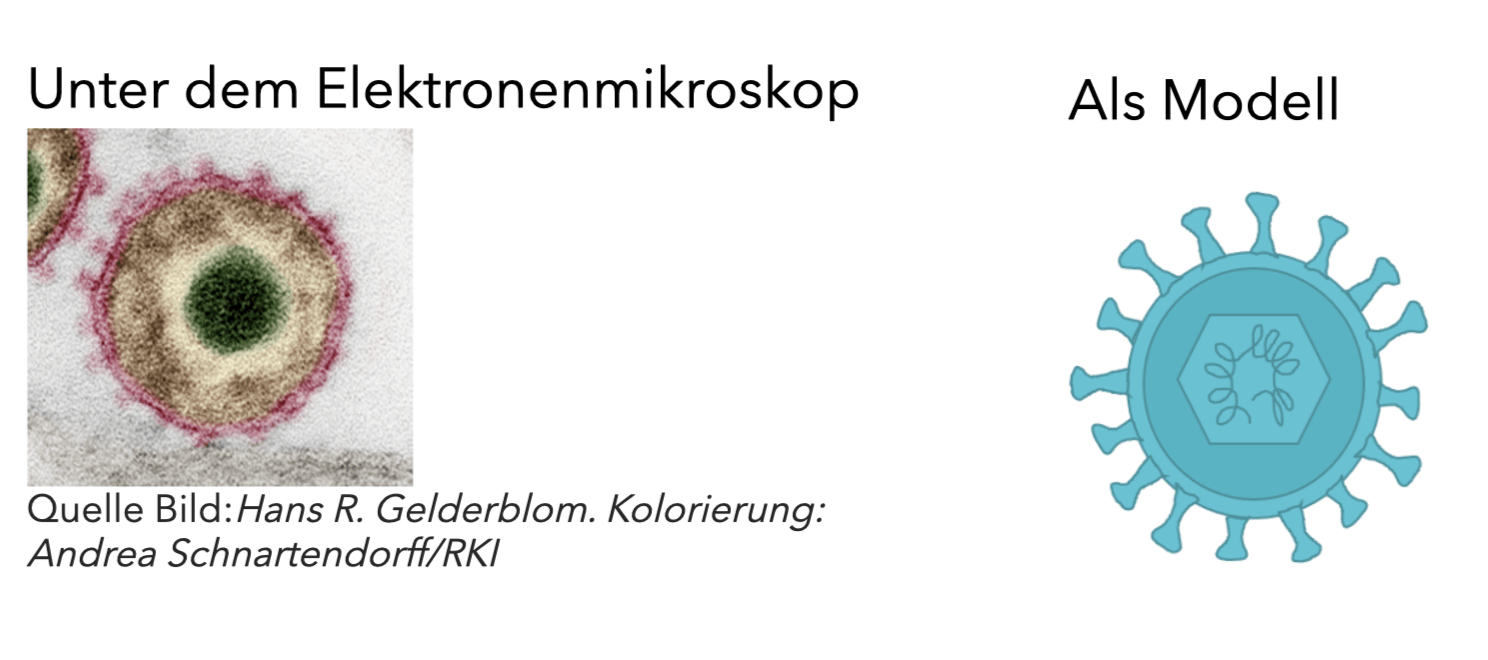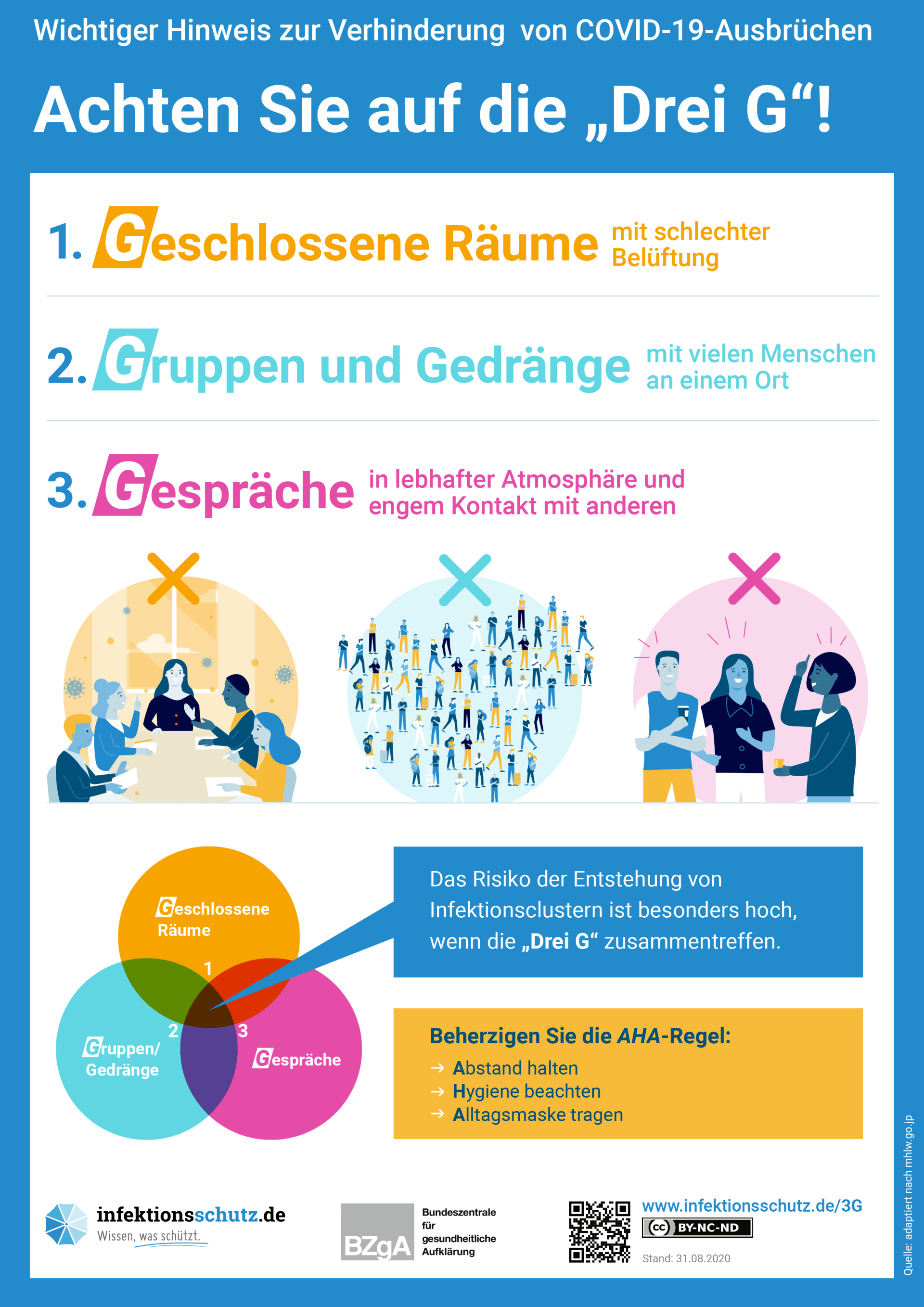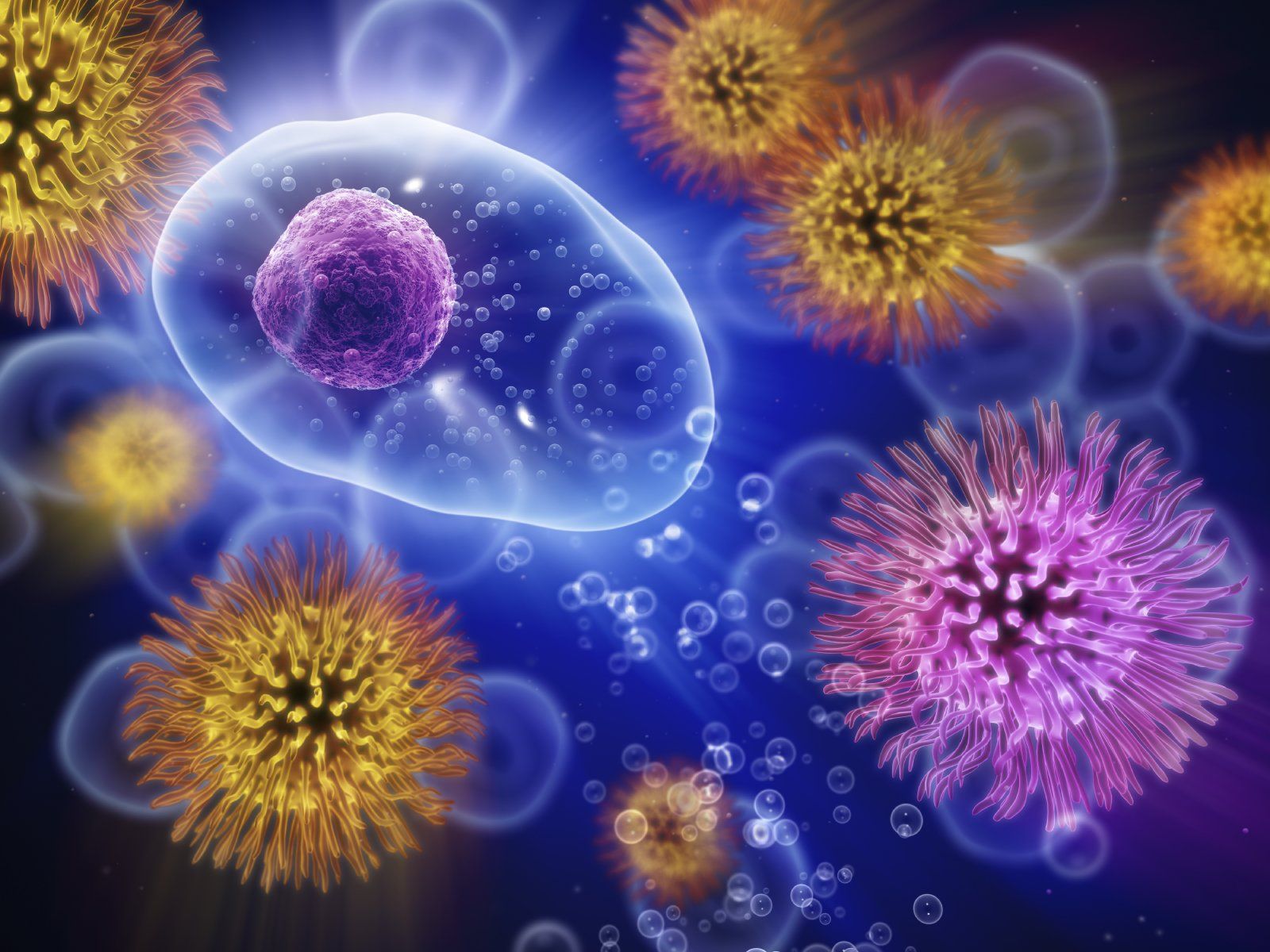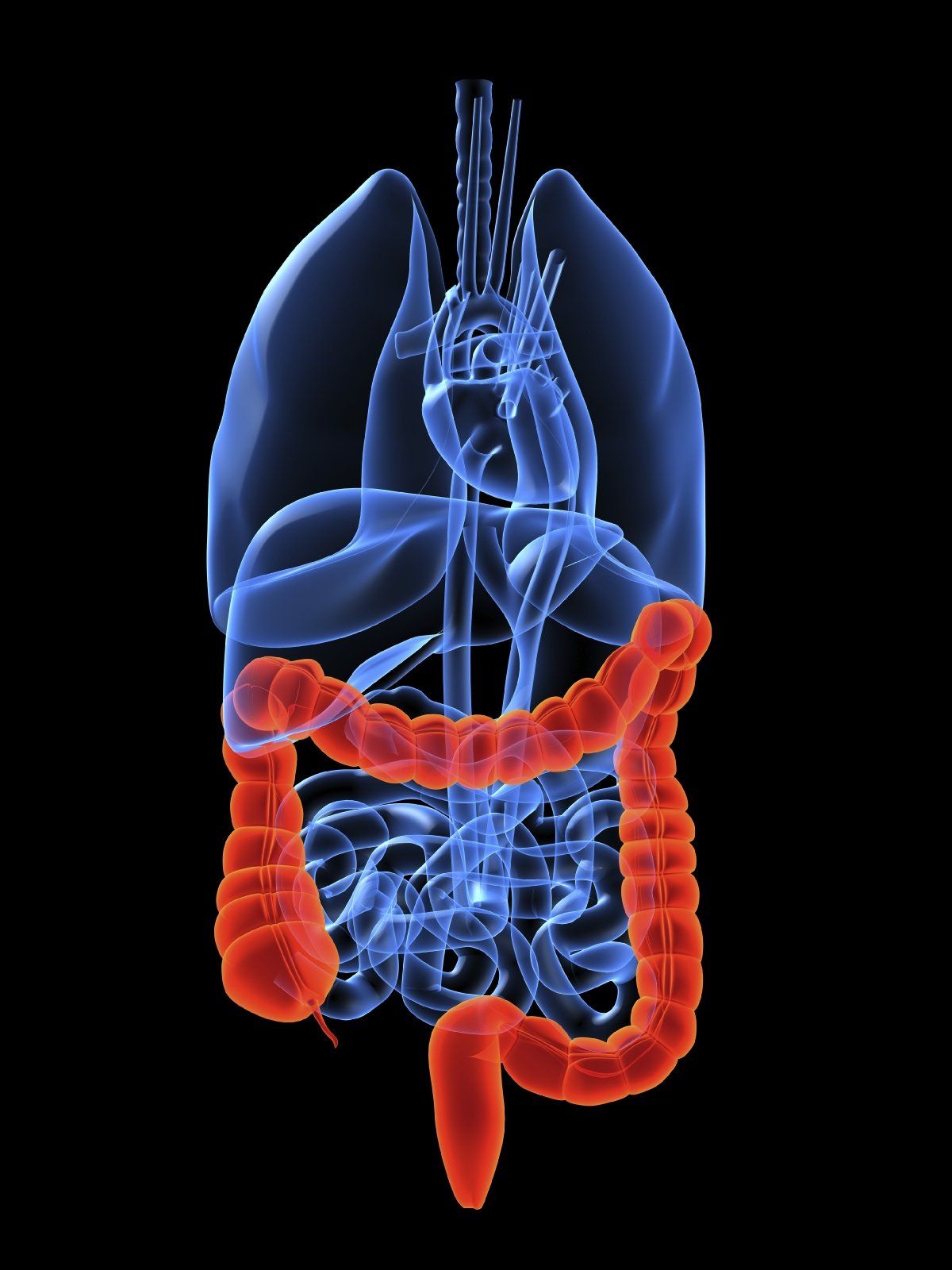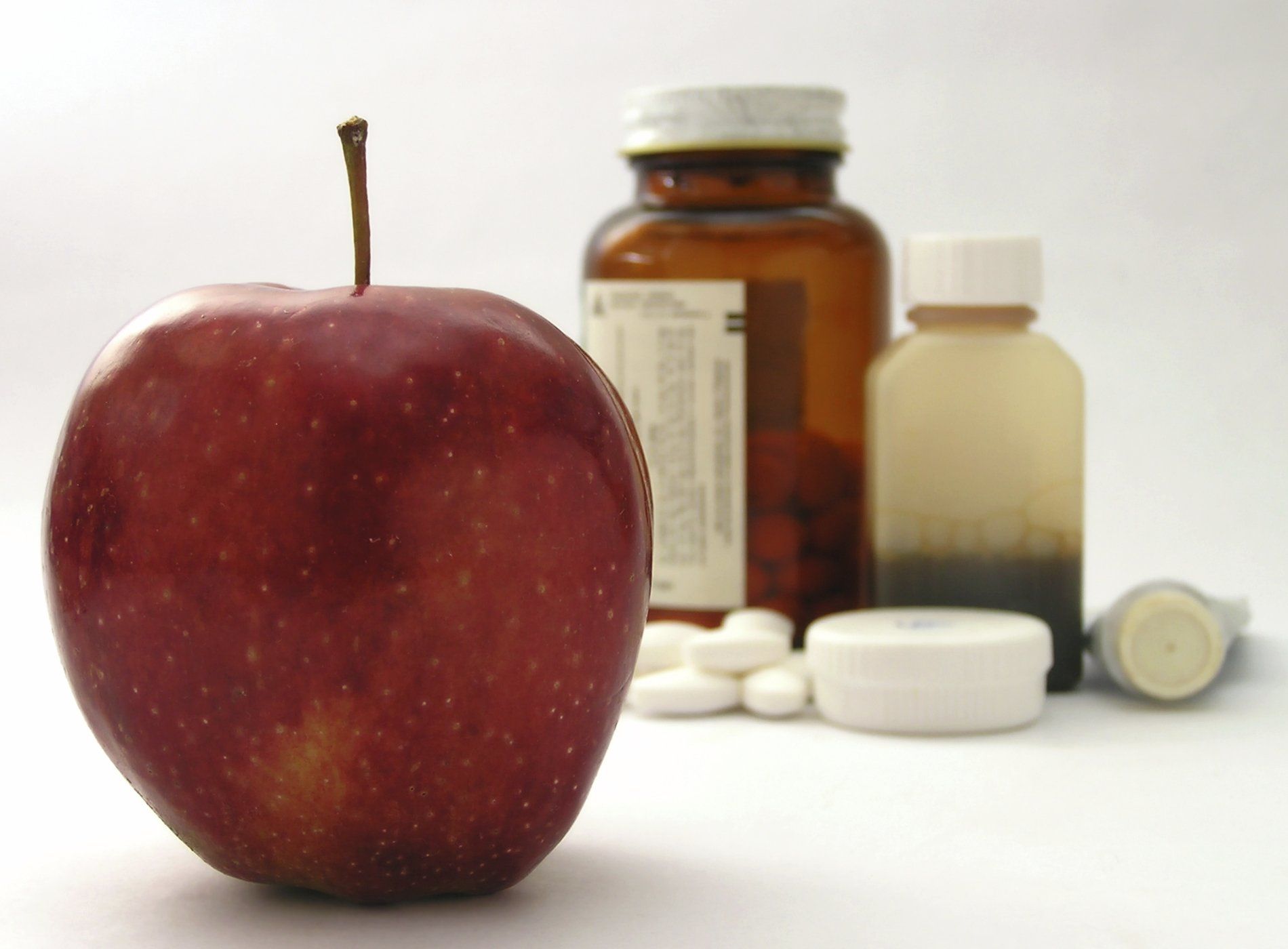5️⃣
Special
coronaSARS-CoV-2 (severe acute respiratory syndrome coronavirus type 2) is a new coronavirus that was identified in early 2020 as the cause of COVID-19
CORONAVIRUSES 🦠-
not only relevant since 2020!
Coronaviruses 🦠 are widespread among mammals and birds. They cause various illnesses in humans, ranging from the common cold to dangerous or even potentially fatal diseases.
www.rki.de
Where does the coronavirus SARS-CoV-2 come from?
Every human virus is of animal origin,very often by bats or birds.
Virussteckbrief:
Name
SARS-CoV-2
(severe acute respiratory syndrome coronavirus 2)
Schweres akutes Atemwegssyndrom
Krankheit
COVID-19
(Corona-Virus-Disease 2019)
Corona Virus Erkrankung 2019
Source: https://www.youtube.com/watch?v=NU31mw90re0&feature=emb_logo
Things explained – Kurzgesagt, an offer from Funk
Source: Federal Center for Health Education (BZgA), infektionsschutz.de,https://www.infektionsschutz.de/mediathek/filme/corona-knowledge-compact.html#c13360, CC BY-NC-ND
The virus infects a suitable host cell
How does SARS-CoV-2 damage the human body?
The infected cells are destroyed and the Organ functions become restricted such as heavy breathing, coughing, loss of smell.
The body releases messenger substances. DThe messenger substances report the invasion of a virus to the body.
This is followed by a immune reaction or Inflammatory reaction such as fever, weakness, etc.
⛔️ Slow down the spread of infection together
What is a pandemic?
The occurrence of a contagious disease (infectious disease) is classified according to its extent into:
Pandemic
Spread across entire continents or worldwide
(e.g. Covid-19, “Spanish flu”)
epidemic
Limited in time and place
(e.g. seasonal flu, plague in the Middle Ages in Europe)
Endemic
Persistent occurrence within a specific geographical region (e.g. malaria in tropical countries)





